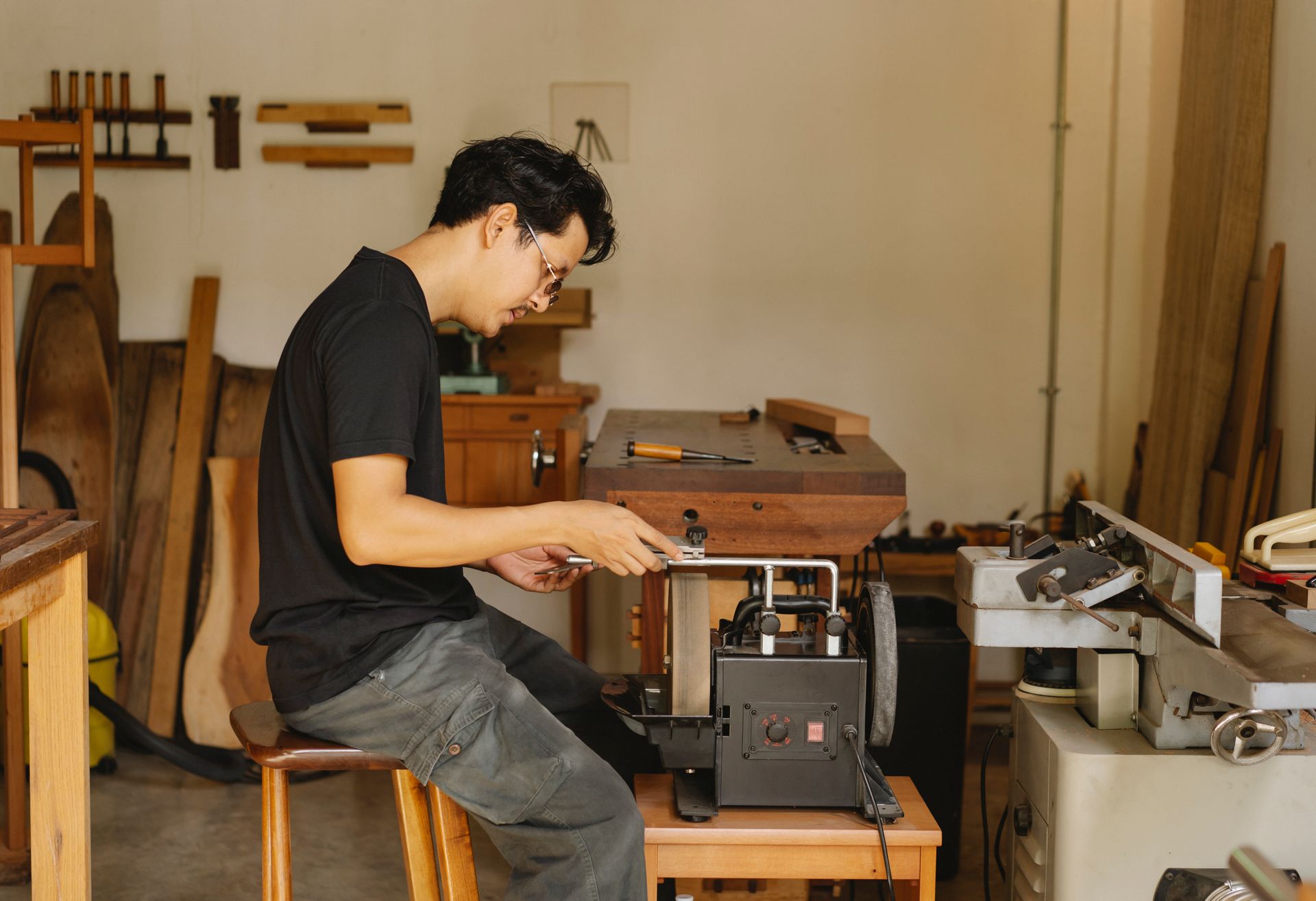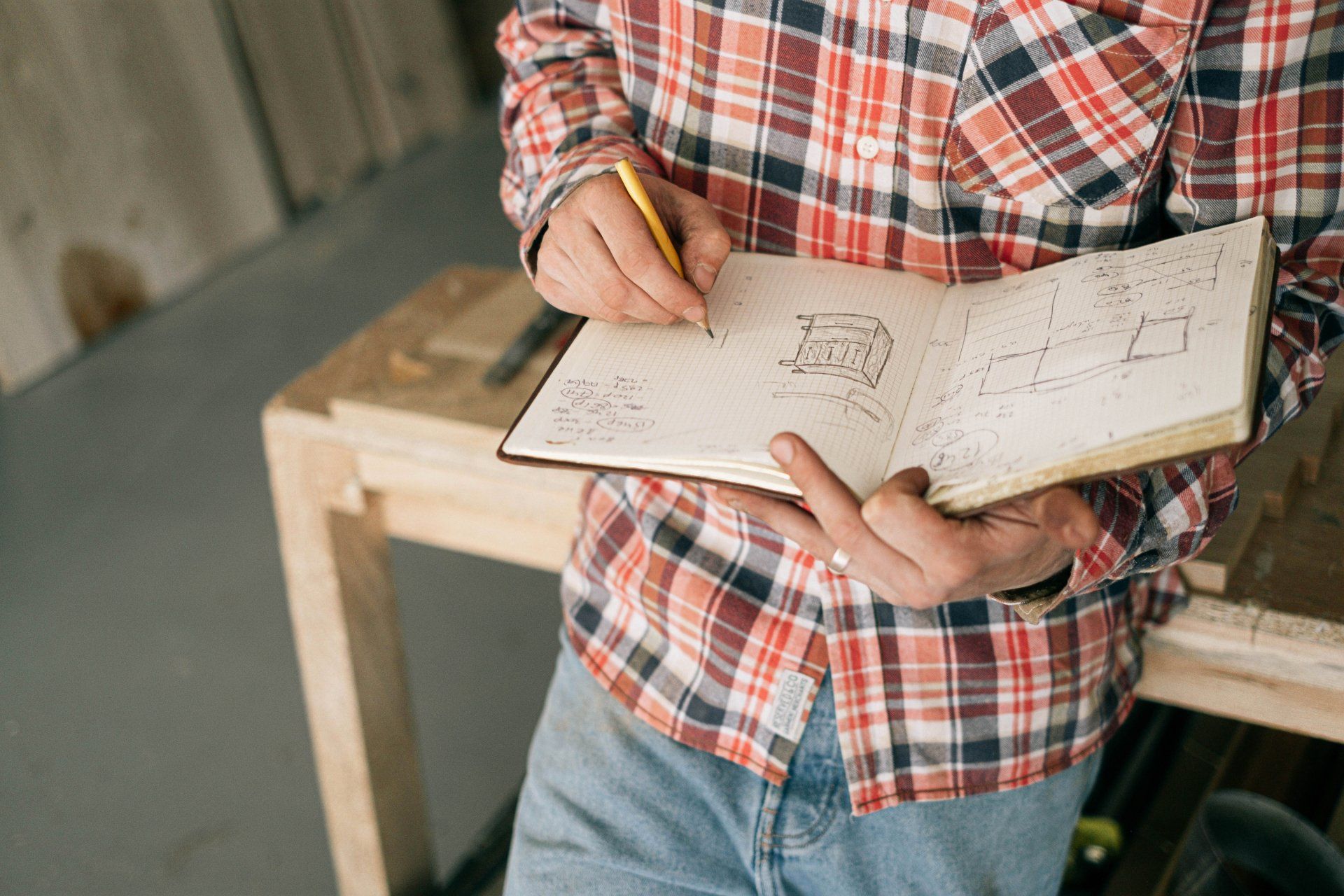Toronto Carpenters
Welcome to Toronto Carpenters, Toronto's premier carpentry business. With over 20 years of experience and a team of skilled craftsmen, we are dedicated to providing the highest quality custom woodworking, cabinetry, and furniture restoration services to our clients. Trust us to bring your vision to life with expert craftsmanship, attention to detail, and exceptional customer service. Choose Toronto Carpenters and experience the difference of working with Toronto's number one carpentry business.
Mastering Essential Carpentry Skills: A Comprehensive Guide

Welcome to the captivating world of carpentry, where craftsmanship and creativity intertwine to bring forth exquisite wooden creations. Whether you're a seasoned woodworking enthusiast or just beginning your journey, this comprehensive guide will take you on a voyage through the essential skills and tools of the trade. So, fasten your tool belt, grab your favorite chisel, and let's dive into the art of carpentry.
Measuring and Marking - Precision at Your Fingertips
Every great carpentry project starts with precise measurements and accurate markings. Like a composer reading a musical score, a carpenter relies on their trusty tape measure to orchestrate the dimensions of their creation. With each extension and lock, they capture the potential of the wood, envisioning its transformation into a masterpiece. A quality tape measure is a carpenter's best friend. It allows for measuring lengths, widths, and heights accurately. Look for a tape measure with clear markings and a sturdy lock mechanism for quality and longevity. A combination square becomes their conductor's baton, guiding them to mark right angles and depths with grace and finesse. The combination square is a versatile tool for marking and checking right angles. It consists of a ruler and an adjustable square head, allowing you to measure and mark precise angles and depths. The marking gauge is the compass, tracing parallel lines and bringing harmony to their woodworking canvas. It typically consists of a fence and a sharp marking point or blade. By adjusting the fence, the desired distance can be set and any carpenter can then create consistent markings.
Cutting and Shaping - Sculpting Wood with Mastery
In the realm of carpentry, cutting and shaping wood is an art form in itself. For any carpenter, it is essential to be able to master cutting and shaping techniques for accurate and clean joints. Lets explore the various essential tools in this category. The handsaw, a faithful companion, allows the carpenter to carve through the fibers with precision and control. The blade becomes a brushstroke on a canvas, shaping the wood into the desired form. A handsaw is a classic tool and there are many different kinds available including crosscut saws which cut across grains and the Rip saw for cutting with the grain. When the need for intricate curves arises, the jigsaw is the right tool. It features a reciprocating blade that moves up and down rapidly, allowing to cut curves, circles, and other irregular shapes in wood. With the circular saw in hand, the carpenter makes bold, confident cuts, transforming raw timber into carefully crafted components. A circular saw is a powerful handheld tool that allows for efficient and precise cutting of large pieces of wood. It is ideal for making straight cuts and is commonly used for framing, decking, and plywood cutting.
Joinery Techniques - The Dance of Connections
Joinery is the invisible thread that holds the essence of carpentry together. Like a master weaver, the carpenter wields chisels with skill and finesse, carving mortises and shaping tenons. Chisels are essential for carving out recesses, creating joints, and shaping wood. Invest into different types of widths and keep them sharp for optimal performance. The router takes center stage, its spinning bit crafting intricate dovetails, dadoes, and rabbets. It is a versatile tool for joinery that helps to create various types of joints as mentioned. Dowels become the secret ingredient, strengthening connections and imbuing the structure with resilience. Doweling involves using wooden pegs (dowels) to reinforce joints. It provides added strength and stability to your woodworking projects. Mastering doweling techniques allows for strong and aesthetically pleasing connections between pieces of wood.
Finishing and Sanding - Unleashing the Inner Beauty
As the carpenter nears the completion of their creation, the focus turns to finishing touches. Achieving a smooth and polished finish is essential for professional-looking woodworking projects. Here's what you need to know: The sanding block becomes their artist's palette, smoothing rough edges and coaxing out the wood's natural beauty. With sandpaper as their brush, they refine the surface, creating a canvas ready for the final strokes. A sanding block paired with different grits of sandpaper helps to remove imperfections, smooth out surfaces, and prepare wood for finishing. Start with coarser grits and gradually work your way up to finer grits for a smooth and flawless finish. Sand in the direction of the wood grain to avoid scratches. The wood planer takes center stage, delicately shaving off thin layers, unveiling the beauty of the wood. It is particularly useful for smoothing rough lumber or resizing wooden pieces to the desired thickness. Then comes the moment of transformation as wood stain or finish is applied, enhancing the grain and protecting the wood for generations to come. Finishes such as varnish or polyurethane provide protection and durability.
Safety Precautions - Nurturing a Safe Haven
Within the realm of carpentry, safety is of paramount importance. The carpenter adorns themselves with protective armor, wearing safety glasses to shield their eyes from flying debris. They don ear protection, muffling the cacophony of power tools and preserving their hearing. A dust mask or respirator becomes a trusted companion, guarding against the invisible dangers that woodworking brings. With each tool they handle, they respect its power and wield it with caution, ensuring their own well-being and the integrity of their work.
Mastering the essential carpentry skills and understanding how to use the right tools are crucial for successful woodworking projects. By honing your measuring, cutting, shaping, joinery, and finishing techniques, you can create beautiful and durable wooden structures. Remember to prioritize safety at all times and enjoy the process of bringing your woodworking visions to life. With practice and dedication, you can become a skilled carpenter capable of crafting impressive pieces. Happy woodworking!

